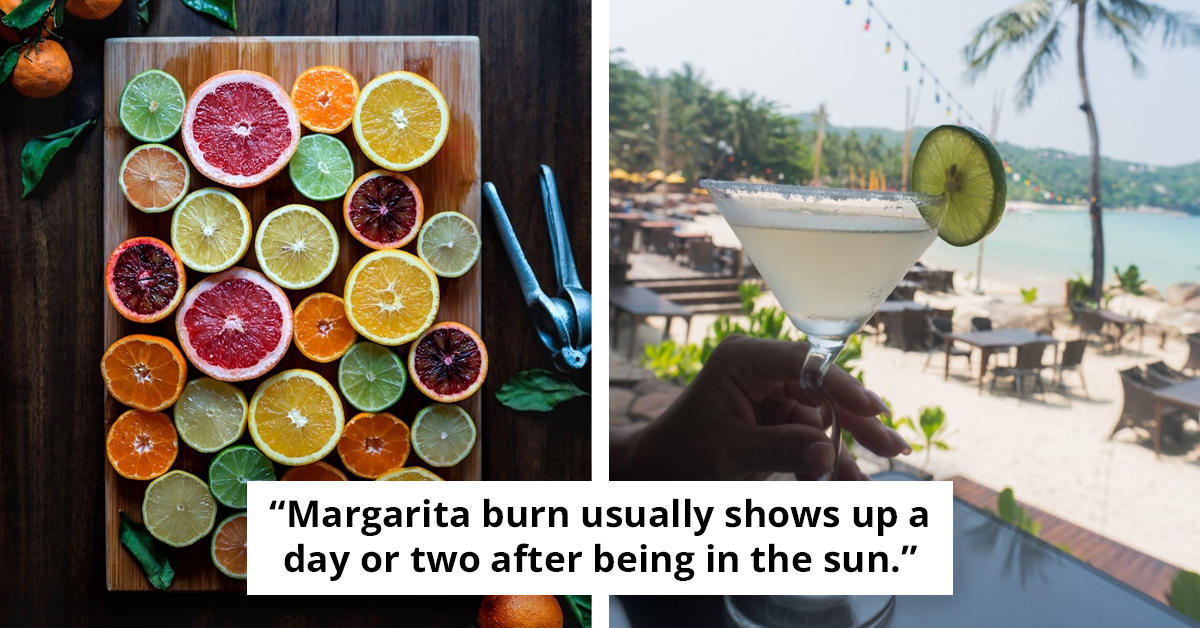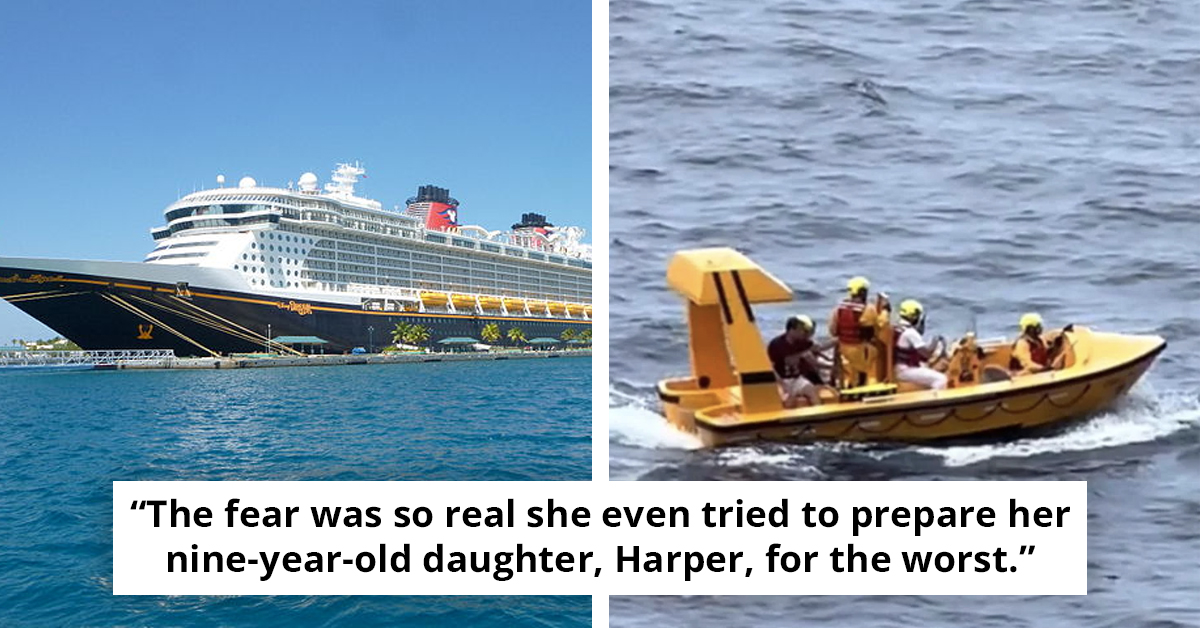Artist Colors Black And White Photos Showing Holocaust Atrocities To Help People Better Understand What Happened
Many folks lack basic awareness of what happened to Jews during WWII, according to a survey issued on Holocaust Remembrance Day. This lack of knowledge is more prominent among millennials, which the study identified as people aged 18 to 34.
31%t of Americans and 41% of millennials believe that the Holocaust murdered two million or fewer Jews; the actual number is roughly six million. 41% of Americans, including 66% of millennials, have no idea what Auschwitz was. Furthermore, 52% of Americans incorrectly believe Hitler came to power through force.
One artist wanted to raise awareness. His name is Joachim West, a first-generation American of Spanish-Jewish descent. He was born in Connecticut in 1985 and currently resides in Galveston, Texas.
He decided to color old WWII photos that depict the horrors of the Holocaust to bring them closer to us. Unfortunately, black and white photos somehow make us distant. We believe it was ancient history, while it was just 80 years ago. In fact, if you ask your grandparents, they will tell you all about it because it happened in their time.
"I first started working on this historical photo project several years ago, using contemporary reference images to colorize and restore pictures from the Holocaust," West says.
1. Poland, 1939-40

2. Colorized Photograph From Auschwitz Concentration Camp

3. Colorized Photo From The Daschau Concentration Camp

4. Colorized Photograph Of Anne Frank

"I did publish the colored pictures on my Facebook and my blog, but now I realize that that wasn't nearly enough so I worked on the picture restoration a bit more, and I'm publishing them again here. It seems to me that black and white pictures colorized will help people to better empathize with the victims of the Holocaust and I hope that any artist that is interested in working with me to make more color pictures or even to improve the ones that I've colorized so far would please contact me.
I am also interested in being contacted by anyone who could help me with this history picture project in general. This project is not for profit, but feel free to follow me on my Facebook, Instagram, Patreon or YouTube or check out my webpage," the artist stated.
5. Poland, 1939-40

6. Poland, 1939-40

7. Wedding Bands Found During The Liberation Of Buchenwald Concentration Camp

8. Colorized Photo Of A Catholic Girl. Czesława Kwoka, 1942-43

9. Poland, 1939-40

10. Poland, 1939-40

Because some people believe the Holocaust never happened, historical authenticity is highly essential to West. Because humans don't see the world in black and white, he believes that these colorized shots are even more faithful to reality than the black and white photos.
After all, the world is in full color in our eyes. He took great effort to collect and examine as many source images as possible, and because the concentration camps and many of the uniforms and patches still survive, he was able to sample the colors directly from current reference photographs.
Some people may ask why should we bring up something that happened such a long time ago. Well, so it wouldn't happen again.




